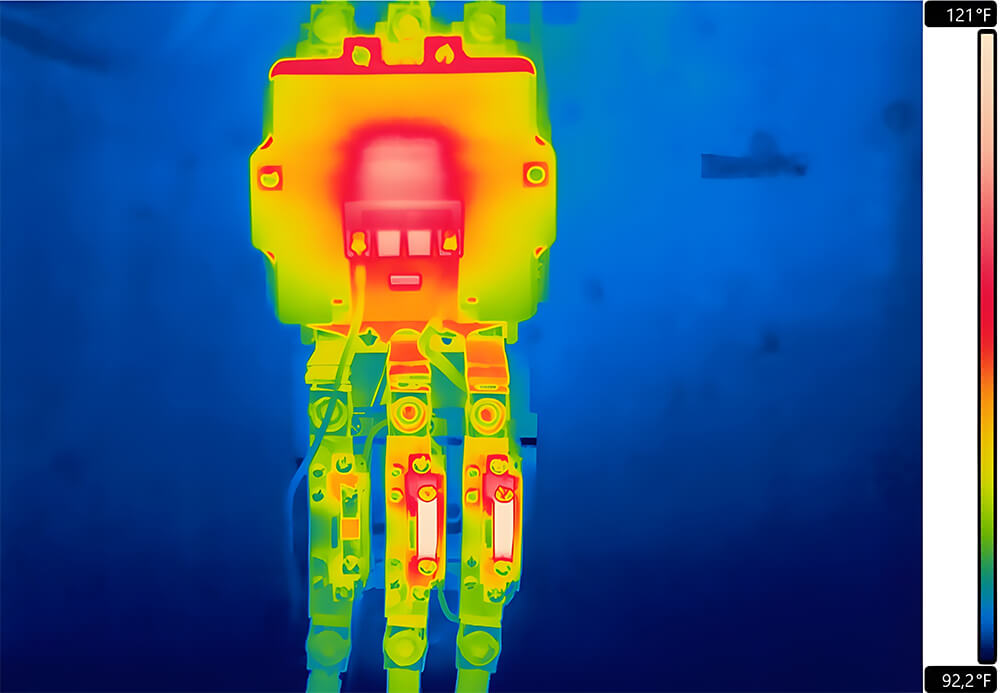
Unlocking the Thermal Resistance of Polyimide Tape for High-Temperature Applications
Polyimide tape is a remarkable material known for its high thermal resistance. This characteristic makes it an essential component in various high-temperature applications. Whether in electronics, aerospace, or automotive industries, polyimide tape ensures performance and safety by protecting sensitive components from extreme heat.
The secret behind polyimide tape’s effectiveness lies in its molecular structure. The polymers within the tape are arranged in a way that makes it incredibly stable, even at very high temperatures. This stability helps maintain the integrity and functionality of components under thermal stress, reducing the risk of failure.
As industries evolve and the demand for heat-resistant materials increases, understanding the properties and benefits of polyimide tape becomes crucial. This article dives into the reasons why polyimide tape is favored for thermal management and offers guidance on selecting the best type for your specific needs.
Exploring the Thermal Properties of Polyimide Tape
Polyimide tape stands out because of its exceptional ability to endure high temperatures. This thermal resistance is vital for applications where components can be exposed to extreme heat. Standard polyimide tape can withstand continuous temperatures up to 500 degrees Fahrenheit, making it ideal for protecting sensitive parts. The unique properties of polyimide tape ensure that it doesn’t shrink, crack, or lose its adhesive power when exposed to high heat.
The molecular structure of polyimide tape plays a significant role in its heat tolerance. The polymers in the tape are aligned in a way that they remain stable even under intense thermal stress. This molecular stability ensures that the tape can provide consistent protection and insulation, thereby extending the lifespan and reliability of the components it shields.
Industrial Applications Benefiting from Thermal Resistance
Polyimide tape’s thermal resistance is a critical asset in several industries. For example, in the electronics industry, it is used to insulate and protect circuit boards and other delicate components from high heat generated during operation. This helps to prevent overheating and potential failures.
In the aerospace sector, polyimide tape is essential for safeguarding wiring and components that encounter extreme temperature variations. It is also used in the automotive industry, particularly in hybrid and electric vehicles, where it helps manage the high temperatures produced by battery packs and other components.
Overall, the high heat tolerance and durability of polyimide tape make it indispensable in environments that demand reliable thermal management. These applications highlight its versatility and effectiveness in ensuring the continued performance of critical systems across various industries.
Comparison with Alternative Thermal Management Solutions
Polyimide tape offers several distinct advantages over other thermal management materials like silicone and fiberglass. For instance, silicone materials, though effective in some applications, often lose their integrity at lower temperatures than polyimide tape. Fiberglass, while robust, can be bulky and difficult to apply in precise areas, limiting its usage in tight spaces. Polyimide tape, on the other hand, provides superior flexibility and can be easily installed in small or complex geometries.
In terms of thermal resistance, polyimide tape outperforms both silicone and fiberglass by maintaining its properties in extreme environments. Polyimide’s molecular structure ensures that it remains stable and retains its adhesive strength even when exposed to temperatures up to 500 degrees Fahrenheit. This makes it an ideal choice for applications requiring reliable thermal management without the risk of material degradation.
Guidelines for Selecting the Right Polyimide Tape
Choosing the right polyimide tape involves considering several critical factors. First, determine the specific temperature range your application requires. Polyimide tape is available in various formulations, each designed to handle different temperature extremes and environmental conditions. Make sure the selected tape can withstand the highest temperatures your application will encounter.
Another key factor is the type of adhesive used on the polyimide tape. Depending on the application, you may need a high-strength adhesive that can bond well, even at elevated temperatures. Some tapes come with specialized adhesives that are optimized for specific materials or conditions. Make sure to match the adhesive type to your application’s needs to achieve the best performance and reliability.
Also, consider the mechanical properties, such as tensile strength and flexibility, which are vital for ensuring the tape can adapt to the application’s requirements without compromising integrity.
Maximize Heat Protection with the Right Polyimide Tape Selection
Understanding polyimide tape’s unique thermal-resistant properties highlights its critical role in many high-heat applications. From electronics to aerospace and automotive industries, polyimide tape protects components and ensures their reliable operation under extreme conditions. By comparing polyimide tape to other thermal management solutions, we see its clear advantages in terms of heat resistance, flexibility, and durability.
When selecting the right polyimide tape, consider the temperature range, adhesive type, and mechanical properties to ensure it meets your specific needs. Our knowledge of these factors allows us to provide solutions that combine efficiency and reliability.
To explore more about how our polyimide tapes can meet your thermal management requirements, contact us at APICAL® Polyimide Film. Let us assist you in finding the best solution for your application.
